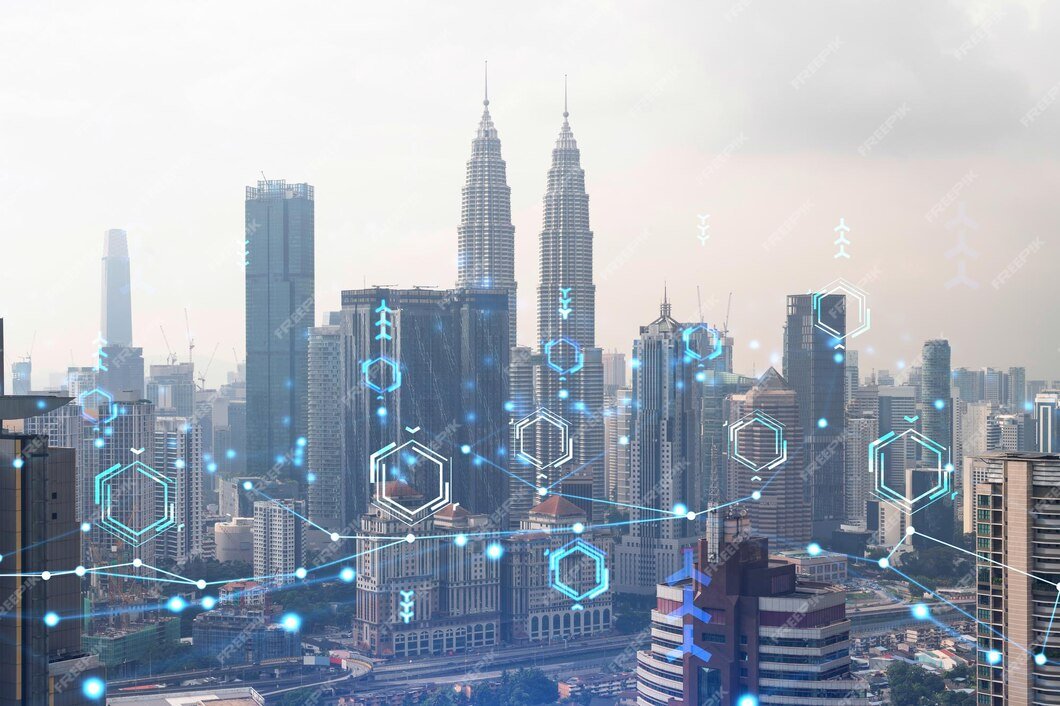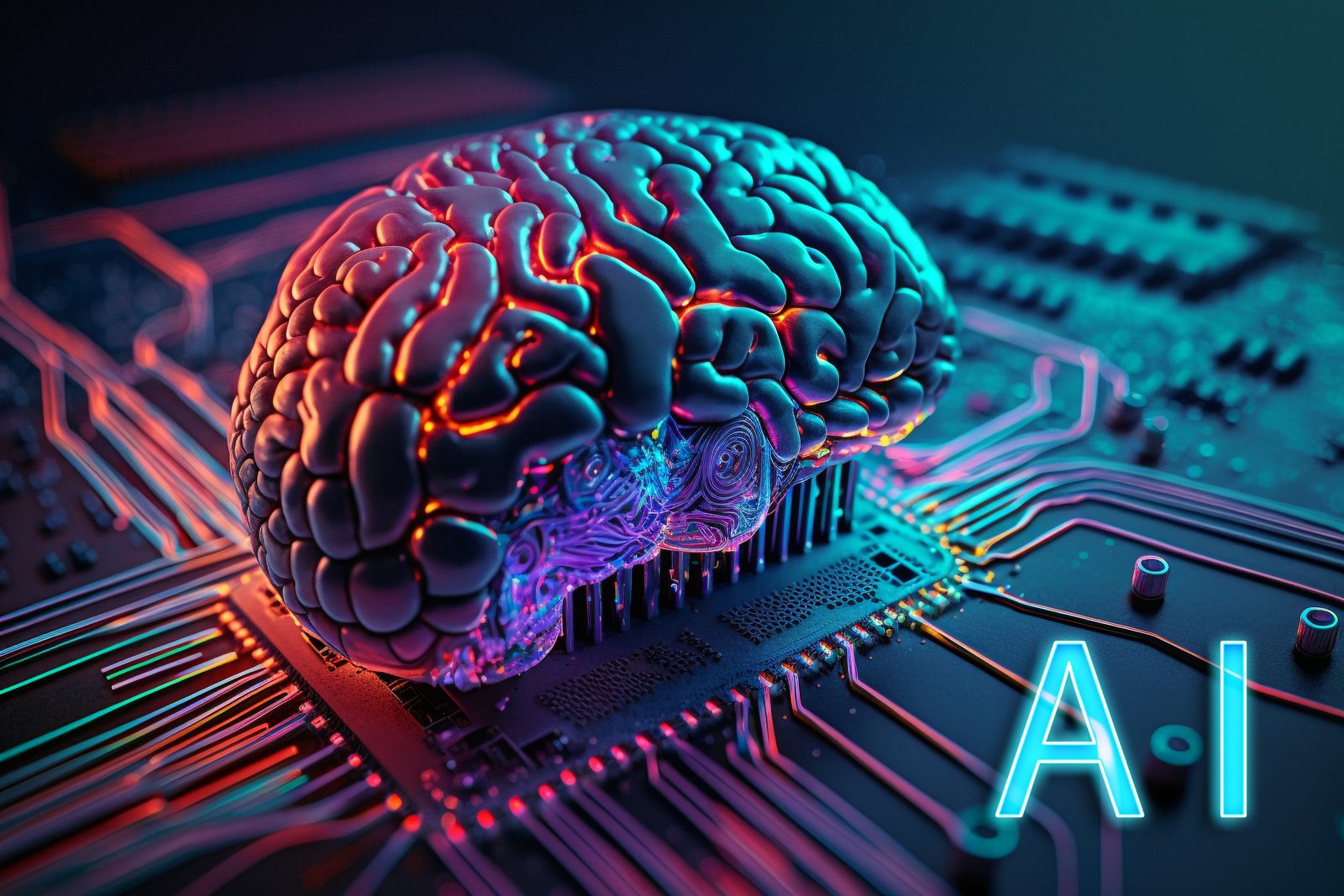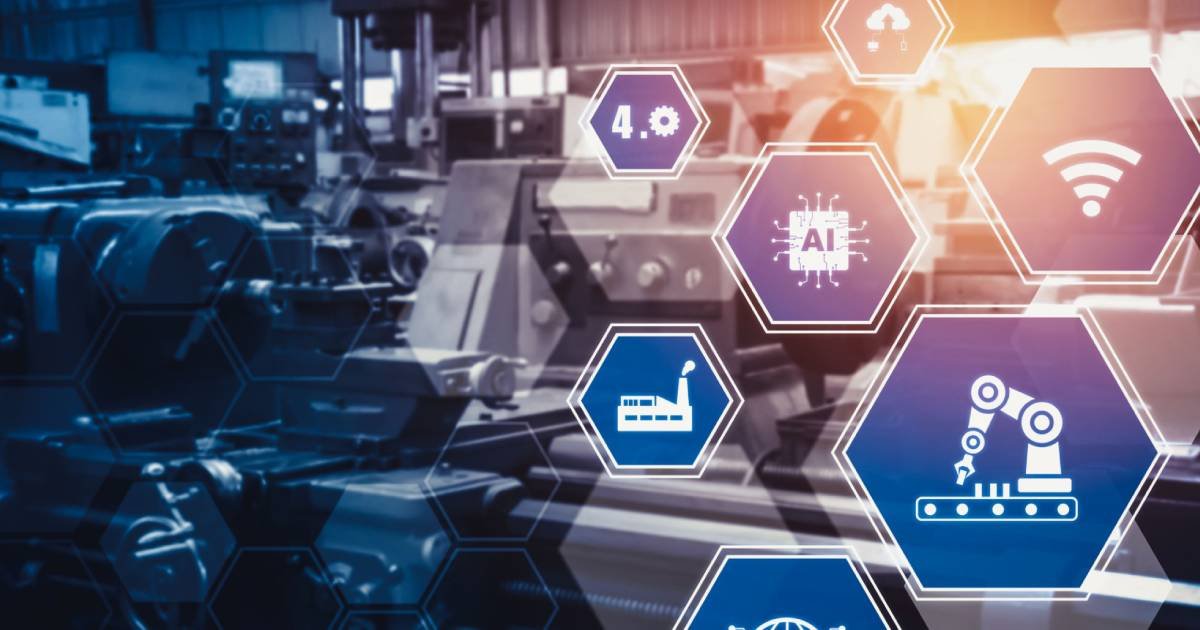
ACCELERATING MALAYSIA’S DIGITAL JOURNEY WITH SOFTWARE
A new generation of software is connecting, empowering, and making intelligent every part of business and industry, offering the benefits of digital to every sector in line with Malaysia's objectives for a digital economy.
Some have said that the planet is being consumed by software. But this may be changed to say that software is "enabling" the world these days.
Enterprise architectures are becoming more and more software-controlled, and these controls are opening up new levels of resilience and agility to deal with disruptions brought on by climate change, shifting market trends, and changing geopolitical conditions all while maintaining security and sustainability.
Unparalleled global disruption
The global turmoil has demonstrated that supply chains are susceptible to erratic and unpredictable impacts. These unanticipated interruptions have been exacerbated by recent meteorological catastrophes like the floods in Pakistan and the southern parts of China, as well as black swan events like the COVID-related lockdown in China that physically disrupted supply chains.

Organizations frequently have to quickly adjust to new circumstances, whether they be brought about by access disruption, sanctions, or shifting energy prices. The building sector, the car industry, and even the food supply have all been severely impacted by shortages and supply delays. For example, a disruption in the global supply chain in 2022 led to higher manufacturing costs, which in turn caused a shortage of chicken in Malaysia.
Model, plan, pivot
Enterprises must be robust and agile, with increased oversight and information to be able to plan, pivot, and model in order to handle these circumstances. This calls for the implementation of software systems that connect all operational components and render them quantifiable, observable, and controllable.
Reporting on enterprise-wide operations alone won't be enough in the future. The business must be able to model and forecast how required changes will impact output, profitability, and sustainability goals in order to compete and thrive.
20-30-50
Enterprises must be robust and agile to handle these situations, with greater overThere are emerging new designs that aim to accomplish this greater degree of control and visibility. Within the next three years, it is now anticipated that enterprise architectures would consist of a combination of 20% core data centers, 30% public clouds, and 50% edge deployments.
New sensor (IIoT), monitoring, visibility, management, and analysis levels will result from this. These new architectures will be managed by cloud-based systems, which will cover an increasing number of components, such as edge installations, regional data centers, central data centers, and production lines, retail spaces, and hospital bedsides.
This approach's cornerstone will be data visibility combined with DCIM3.0's growing capabilities to orchestrate the data infrastructure.
Preventative measures
The deep integration of machine learning (ML) and artificial intelligence (AI) is a key component of this new software-enabled environment. Reliability and predictability are the keys of resilience. By utilizing these technologies deeply, predictive analytics can enable extremely efficient preventative maintenance programs that can either identify or stop failures before they have an influence on operations.
.png)



